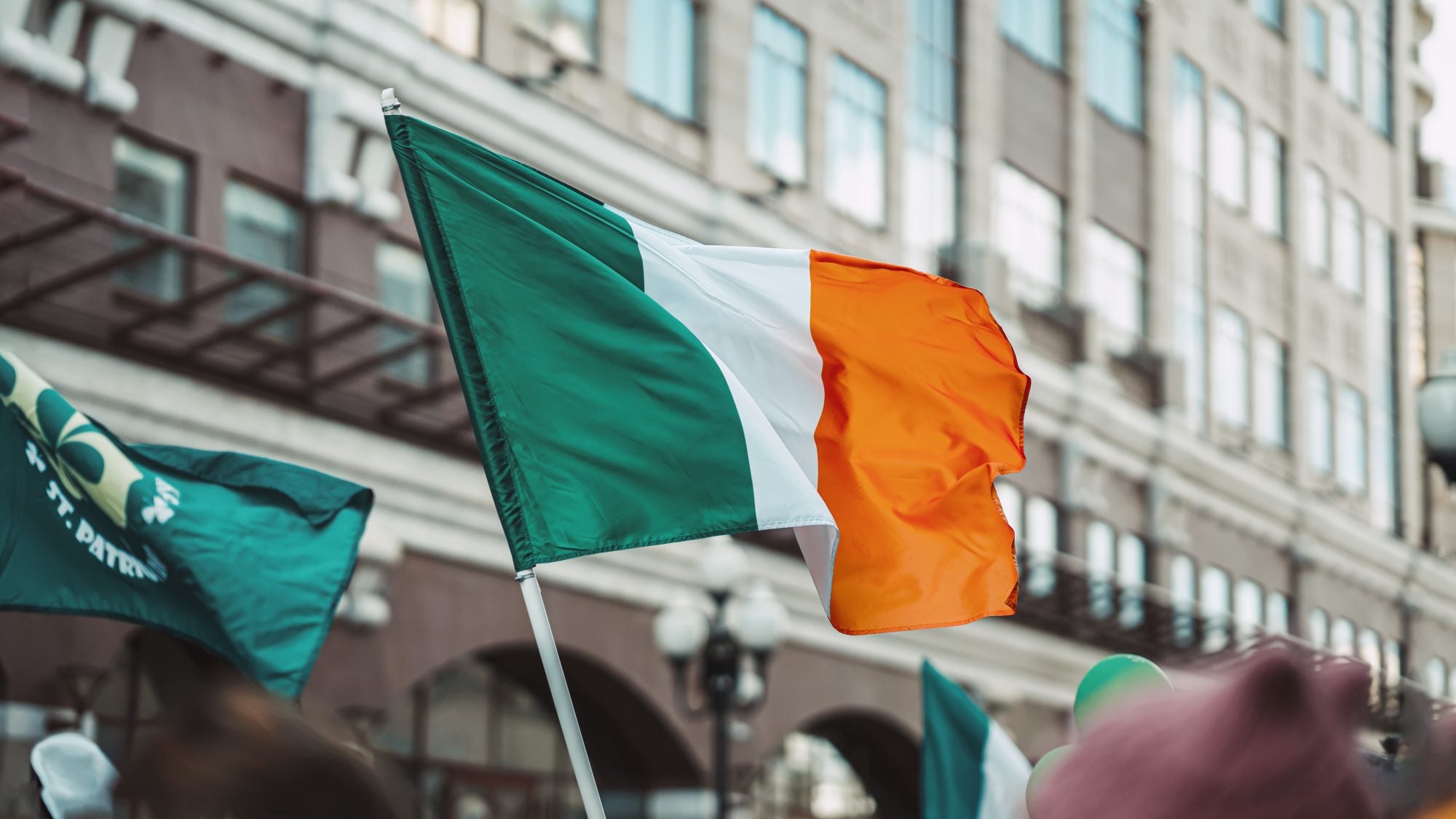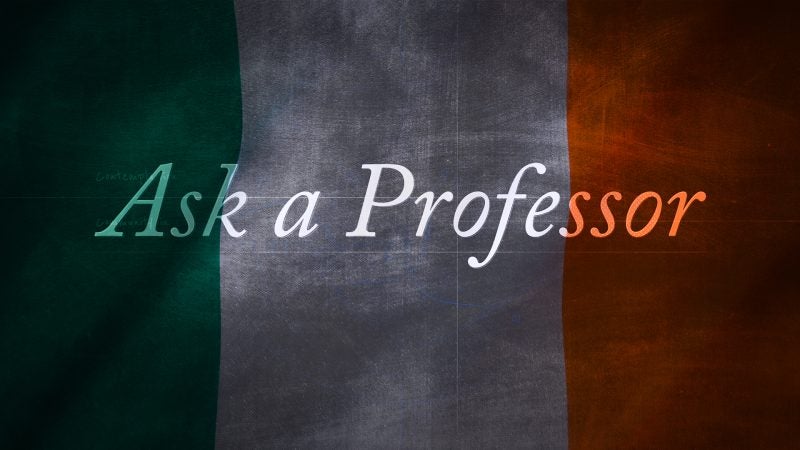Irish culture has been in the spotlight these last few years.
On an island with a population of 7 million people, Irish stars in recent years have dominated cinema, music and literature. Actors like Paul Mescal and Saoirse Ronan, musical artists like Hozier and Niall Horan, and authors like Sally Rooney have stepped into the spotlight.

The New York Times labeled the phenomenon as a “thirst for the Irish.” Meanwhile, Vulture called it the “pluck of the Irish.” But perhaps what best explains the surge in Irish culture is the L.A. Times’ description of the “Green Wave.”
Darragh Gannon, an Irish-born assistant teaching professor of Irish history in the College of Arts & Sciences, has a few theories on why the Irish rule American pop culture.
The Green Wave can be attributed to the significant Irish diaspora — in the U.S., there are 35 million people of Irish descent, according to Gannon. But while Irish luminaries like James Joyce have long been an American staple, something different is happening right now as younger stars take center stage.
“I think that’s what’s so relatable about this Green Wave is that it’s storytelling, which is in some respects distinctly Irish in its provenance, but it’s speaking to new and diverse audiences,” said Gannon, who is the associate director of Global Irish Studies. “I think the reception of [Irish] film, music, TV and literature has spoken volumes about how compelling Irish voices can be in telling stories.”
Gannon unpacks why the Green Wave is happening right now, the impact of Irish immigration and the secret ingredient behind Irish storytelling.
Ask a Professor: Darragh Gannon on Irish Culture and the Irish Diaspora
What is the Green Wave and why is it happening right now?
The Green Wave is a term coined by the L.A. Times in February 2023 in anticipation of the 95th Academy Awards. It was referring specifically to the incredible success of the film The Banshees of Inisherin, which was nominated for nine different awards at the 2023 Oscars.
But the critical acclaim and cultural interest overshadowed the film itself. The Green Wave has been used to explain the resurgence of Irish culture across the Atlantic. So we’re not only talking about films like The Banshees of Inisherin, but also the literature of Paul Lynch, for instance. In music, the rise of the Irish language group Kneecap, but also the Dublin-based group Fontaines D.C. And, of course, the incredibly translatable adaptations of Sally Rooney’s novels — Normal People amongst others — and Derry Girls as well. So this is a cultural moment for the ages.
How has Irish culture historically been viewed, and how has it evolved?
Ireland has traditionally been known as the Land of Saints and Scholars. It’s the latter that has defined Ireland’s presentation of itself to the world. The likes of James Joyce, W.B. Yeats and Oscar Wilde have been exported to the world as the literary ambassadors of Ireland over the last century.
What’s really interesting about the contemporary presentation of Ireland through this Green Wave is how young these artists, writers and actors are. They appeal to a younger demographic, but also in terms of telling this immigrant story. They are at once Irish and American. If you look at Cillian Murphy, he has spent approximately half of his adult life in the U.S. in various acting roles. Similarly, Colin Farrell, who has resided in Dublin and Los Angeles, is considered in some respects an Irish American actor. So the contemporary Green Wave speaks in a compelling way to stories of Irish immigration for the contemporary moment.




